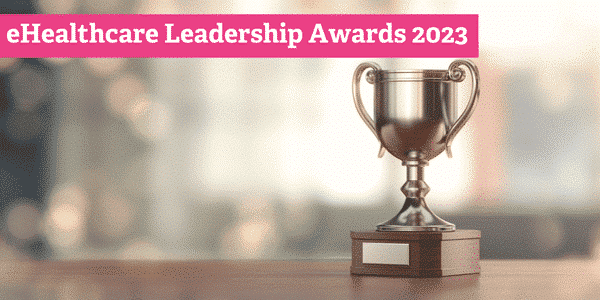Blog
Ready to learn? Explore our award-winning healthcare marketing blog and publications.
Can we help you find what you need?
You’ve Got a Friend in AI: A Human-Centric Approach to Healthcare Marketing
Have you heard the buzz? Artificial intelligence (AI) is the new shiny toy in healthcare marketing. It promises to revolutionize […]
Strategic Guide to Repurposing Healthcare Content for Social Media (Minimize Your Workload, Maximize Results)
Think about how many people on your team are responsible for executing your social media strategy. Multiply that by 40 […]
How to Choose the Right Keywords & Get Better SEO Results
The worst part of SEO content planning? Typing a phrase into Semrush for keyword ideas and seeing, “View all 31,954 […]
Upgrade Your SEO Playbook: How to Win AI Search Traffic
“AI is going to take your job.” “Marketers will be obsolete in 5 years.” We’ve all heard these tired doomsday […]
Finding the Balance Between SEO & UX in Healthcare
Write for the reader — not for Google. As long as you create helpful content for the end user, everything else […]
Content Findability Tips: How to Get More Eyes on Your Content
Hide-and-seek is one of those games you don’t really want to win. No one wants to be the last one […]
Healthcare Content Audits: 10 Frequently Asked Questions
We get it. “Audit” is a dirty word to marketers. It feels a lot like cleaning out the attic — […]
Case Study: Can AI Write Website Content in Plain Language?
AI has come a long way since ChatGPT’s launch in 2022. When you want original content, AI still can’t replace […]
Website Redesign Coming Up? Start With a Solid RFP
A hospital website redesign is a substantial project. It’s the kind of long-term initiative many people dread — unless you’re content-obsessed […]
How to Add Healthcare Video Marketing to Your Strategy
Video marketing is everywhere. It’s on social feeds, it’s appearing higher on SERPs … sometimes, it’s even on a screen […]
Show, Don’t Tell: 5 Ways Medical Animations Can Complement Your Content Strategy
The year is 1995. You’re sitting in a dark theater when a desk lamp hops onto the screen, and the […]
Top Hospital Commercials of 2023 [10+ Hospital Ad Examples]
Every December, our team makes a master list of the year’s best hospital commercials. We feature ads that made us […]
10 Data-Driven Principles of Plain Language Writing
You know what plain writing is. You know why using plain language and everyday words matter in medical communication, where […]
A Round of Applause for the 2023 eHealthcare Award Winners
Congratulations to all the winners of this year’s eHealthcare Leadership Awards! It’s amazing to see such creative work in healthcare […]
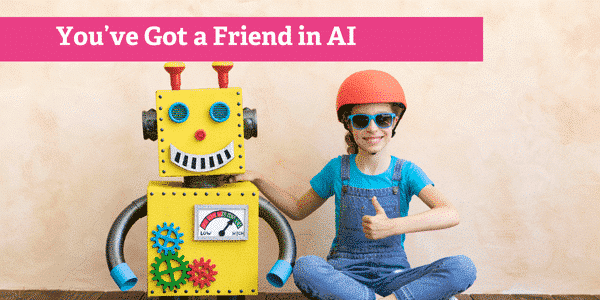
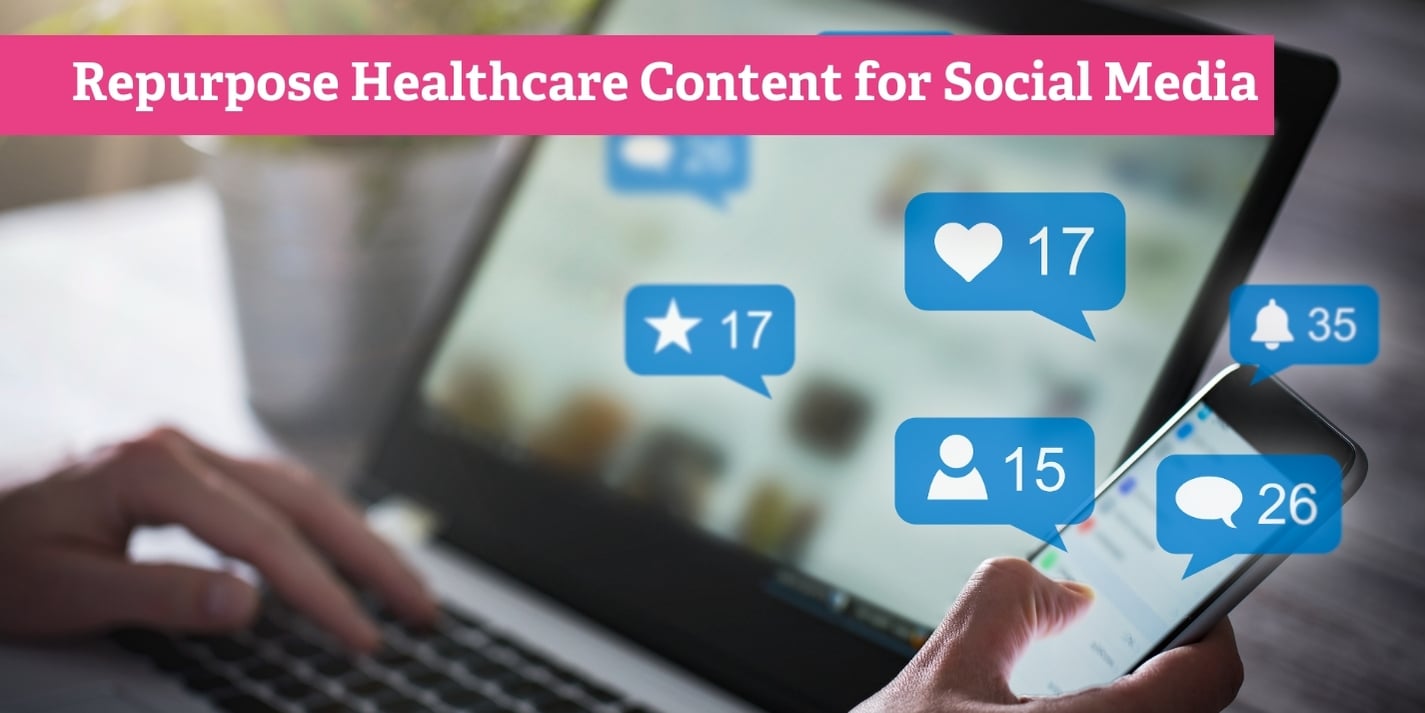
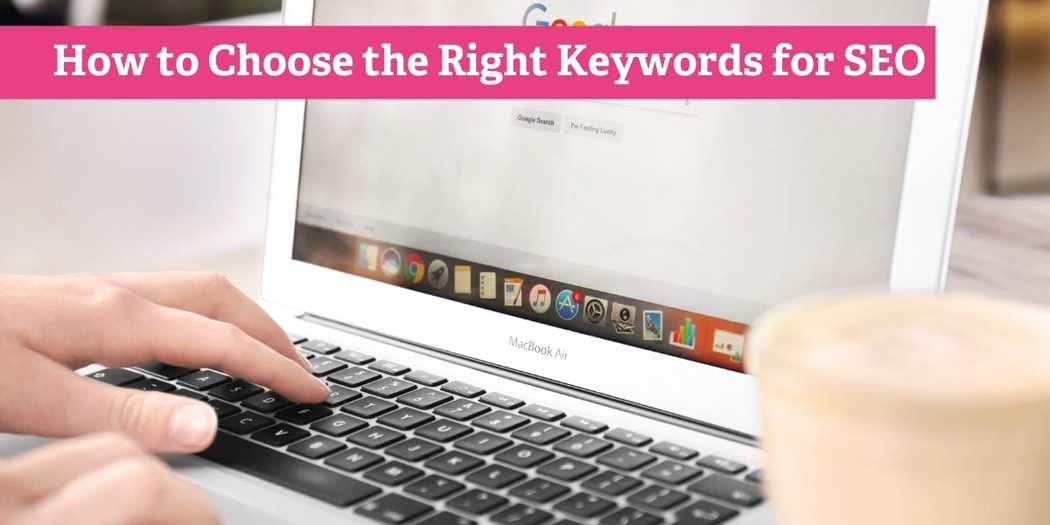
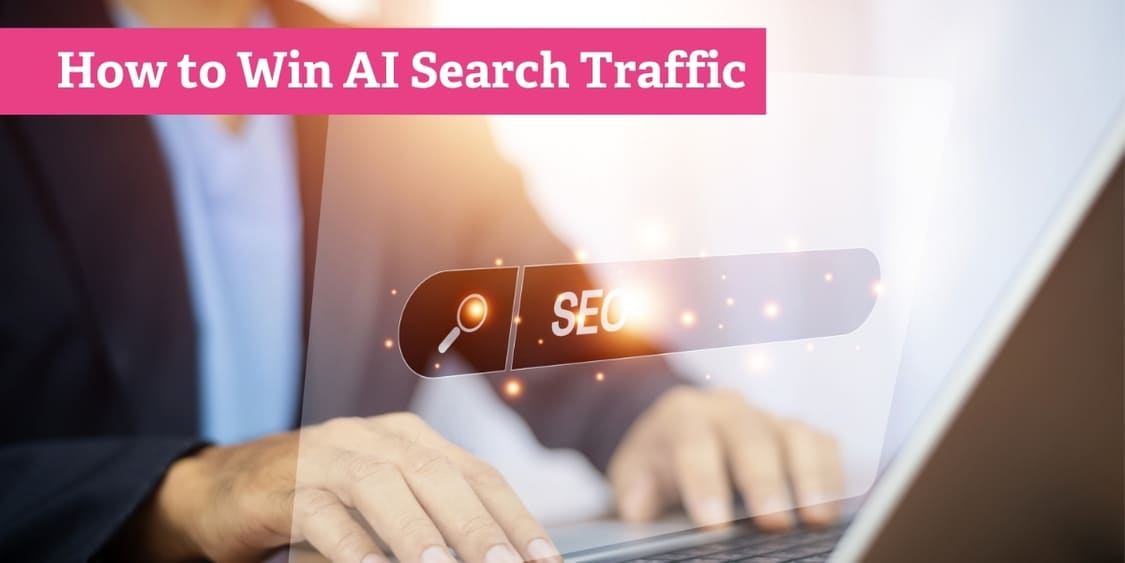
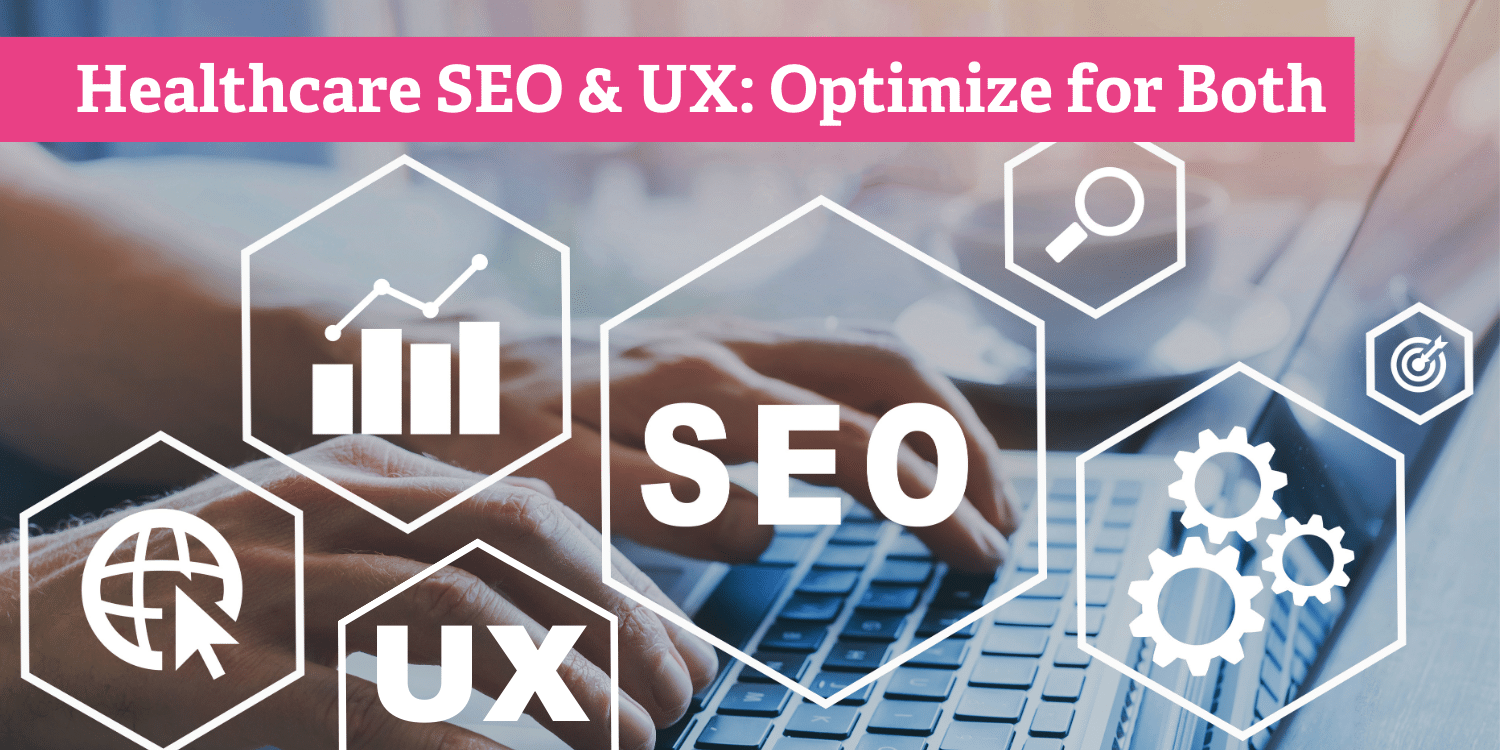

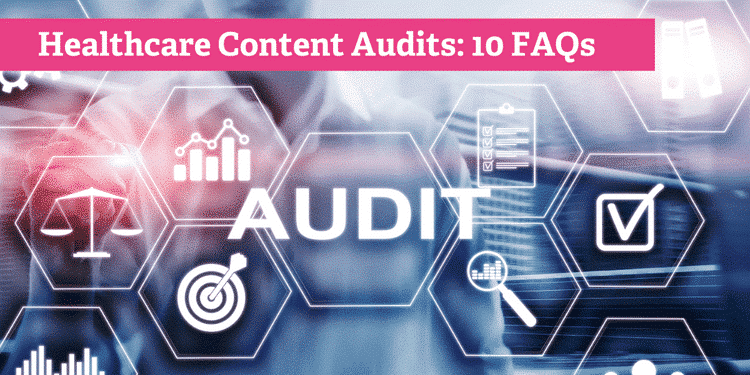

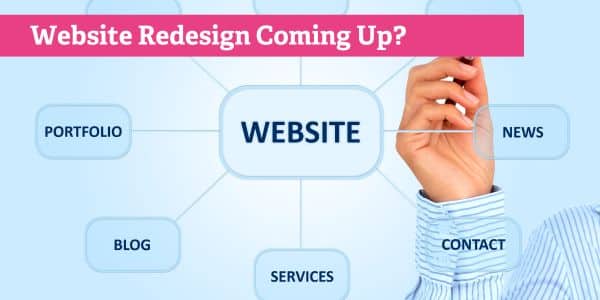

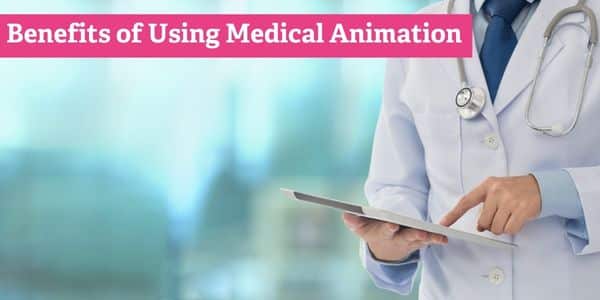
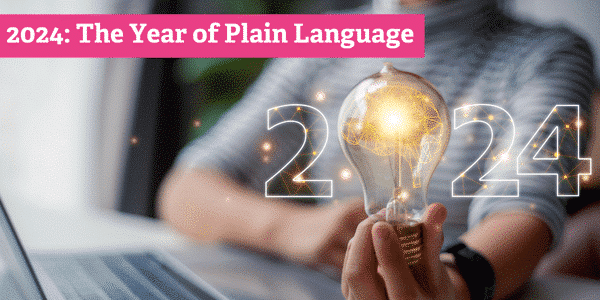
![Top Hospital Commercials of 2023 [10+ Hospital Ad Examples]](https://ahamediagroup.com/wp-content/uploads/2023/12/2023-Hospital-Commercials-Update-Annually.png)

